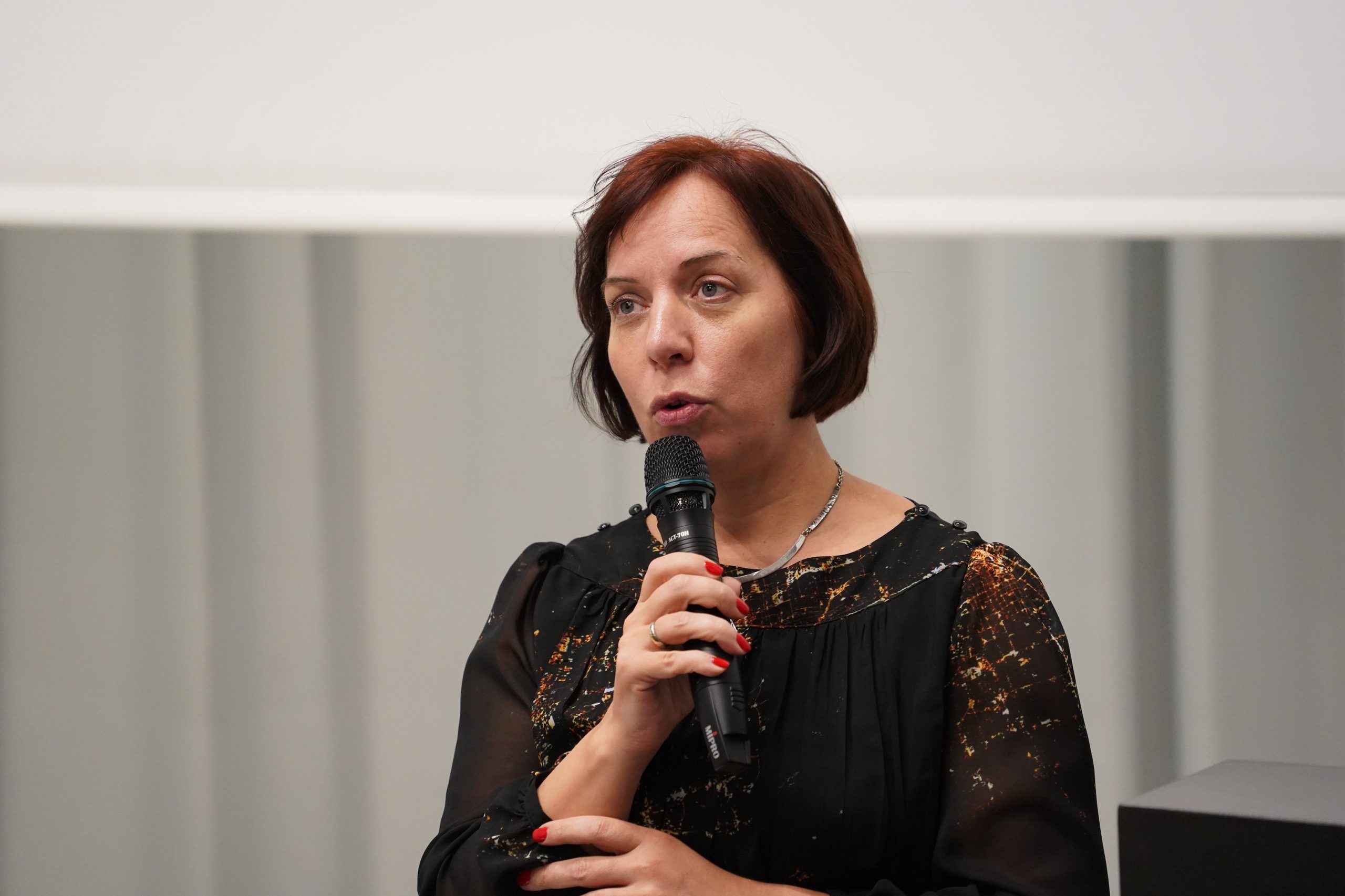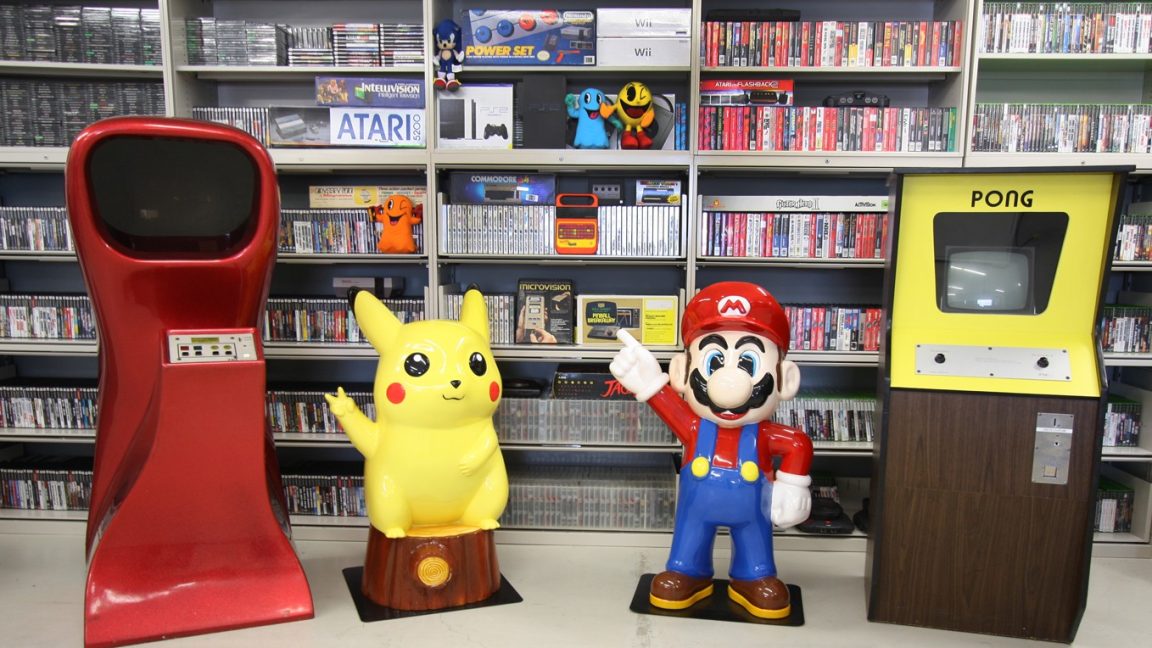It's no secret that I have a deep love for the Baltic nation of Estonia. Ever since I read an article describing how the country had "declared Internet access as a human right," I've been hooked. (Estonia features prominently in my 2011 book, The Internet of Elsewhere.)
I went there for the first time in 2005 and have been back several times since. I've interviewed (now-former) President Toomas Hendrik Ilves a couple of times. I've gotten an e-residency card and more.
Recently, Estonia's minister of education, Mailis Reps, was visiting California, and her office asked me if I wanted to interview her about how the challenges of integrating IT and education in her home country. How could I say no?
Reps is interesting, as this is her third tenure in this position: she previously served as minister at the age of 27 back in 2002. She is a member of the Estonian Centre Party, a self-described "middle-class liberal party."
What follows is our brief interview, lightly edited for length and clarity.
Ars: What is the state of the Estonian education system today? How does it compare with a decade ago?
Mailis Reps: Today, Estonian parents, students, and employers are generally satisfied with our education system and free access to learning. A decade ago, we were reasonably good in many fields already, but we have greatly improved. We have become one of the leading countries in education according to PISA study in Europe and the world.
It means our 15-year-olds are good at reading, math, and sciences. And these basic skills and competencies are really needed for Lifelong Learning [Estonia's ongoing education strategy] in all the following stages of education. What's more, we have achieved excellent results without spending incredible sums. So I can say that we have used all the available resources: time, money, and pedagogical competencies in a rational way.
Ars: What changes would you like to see? Where can the Estonian system improve?
MR: All educational systems can be and also must be improved, considering the rapidly changing world around us. There will definitely appear new and more supportive learning environments provided by ICT, but we have to be careful and find a good balance between the traditional and the innovative.
I would still like to see a still more individual approach to all learners, so that everybody—especially young people, but also grown-ups—could participate in some kind of learning. Everybody must have access to learning and be able to design their very own educational paths.
Some want to learn for a vocation, some for a degree, and at the moment we are working for establishment of a system, where all learning experience could be registered and used in different combinations and for different purposes during our lives. And as the number of children with special educational needs is increasing all over the world, and also in Estonia, we need more support specialists—speech therapists, psychologists, [and] counsellors of different kind. It is a challenge.
Ars: What are the biggest changes you seen as Education Minister from your previous tenures in this position compared to now?
MR: I think I can look back to my three tenures with satisfaction. There have been some really positive initiatives and developments. First of all, I would mention free school meals and school transport we started in 2002 to 2004.
Our children get school textbooks free of charge; there has been a considerable increase in teachers' salaries in the periods since I have been the minister. There have been additional finances allocated for extracurricular activities and education provided by music and sports schools and other hobby groups.
We have modernized our vocational schools, and they have become quite popular among young people and employers. We have also supported different private schools and some religious schools. Today—I can say—there is a great diversity of educational opportunities people can choose from.
Ars: How do you think the Estonian education system compares to the rest of Europe? To the United States?
MR: I think, I have to mention first of all our content of learning and our curricula for schools. We have always had so-called encyclopedic curricula with many different school subjects. In addition to traditional four mandatory/compulsory core subjects, which usually are mother tongue (Estonian or Russian), math, sciences, and some social studies, we also have compulsory art and music education from kindergarten up to the end of high school.
We have sports and technology/crafts, separate courses of physics, chemistry, biology, literature, psychology, history, career education, psychology, and several electives. At high school (grades 10-12), students have to take 96 courses. Of those 63, are mandatory/compulsory, and 33 courses are electives. Schools and students decide what kind of study line they take. It means they can major in different subjects, usually following their interests but also considering their individual potential and future plans. I think our young people are smart enough to make informed decisions.
In addition, we have a good balance of centralized and decentralized educational management. Our schools and teachers enjoy freedom, so they can decide how to organize their process of learning or what kind of electives to offer. And we also have managed to integrate formal, non-formal, and informal education. All learners are different, but they can develop their own learning strategies and build a good basis for Lifelong Learning for different periods of their lives.
Ars: What role can/should computer science/IT play in early education? What about university education?
MR: IT is not widely used in kindergartens. Of course, children talk about home technologies and gadgets of different kind at that level. We strongly believe in providing children with supportive and age-relevant learning environments. The zone of proximal development of children must be considered and all possible needs must be met earliest possible (e.g., offering support by speech therapists, social workers, etc.).
University education is provided by six universities and is free of charge for the students from EU countries. We also have many international students.
Ars: How can America, where university education is notoriously expensive, learn from the Estonian model?
MR: I think that university education is expensive everywhere. We have established proportions, so universities have to decide how many fee-paying students they can have and how many students can learn free of charge. There is no specific recipe—the language of instruction also pays a role, and students can have the mobilities they badly need. I have to admit, we have different educational contexts, which probably offer different opportunities for organizing education.
Ars: How easy is it for Americans to study at Estonian universities?
MR: There are some Americans studying at Estonian universities, and they usually take courses with instruction in English. At the same time, we encourage them to study a little Estonian to manage with everyday life and learn a bit of the local culture. They are really as welcome as all the other international students interested and motivated to take some courses at Estonian universities. But I think all students must work hard at any university of any country if they want to become good specialists.


